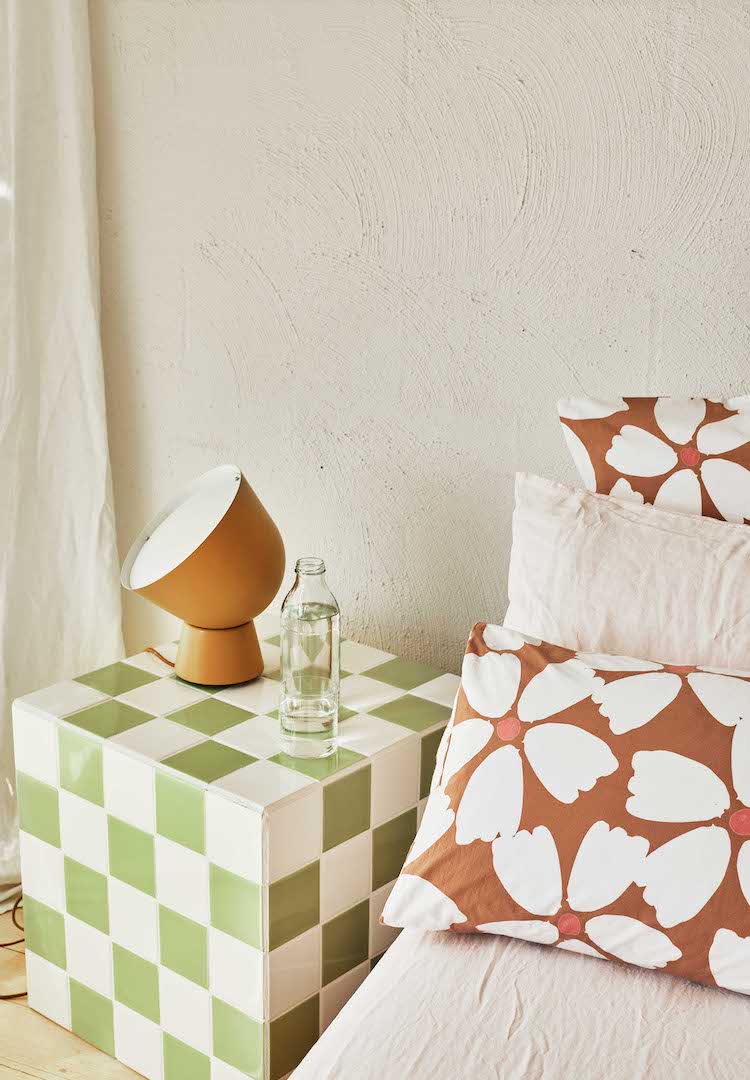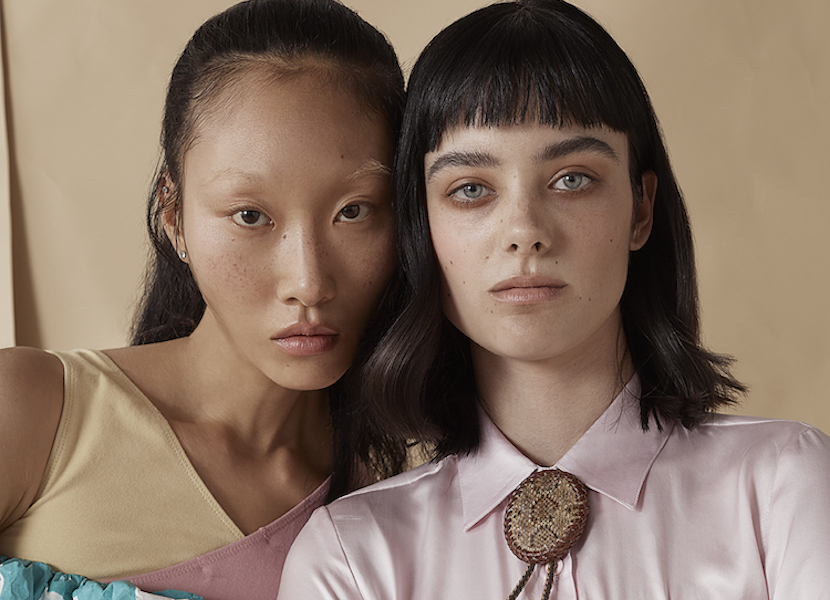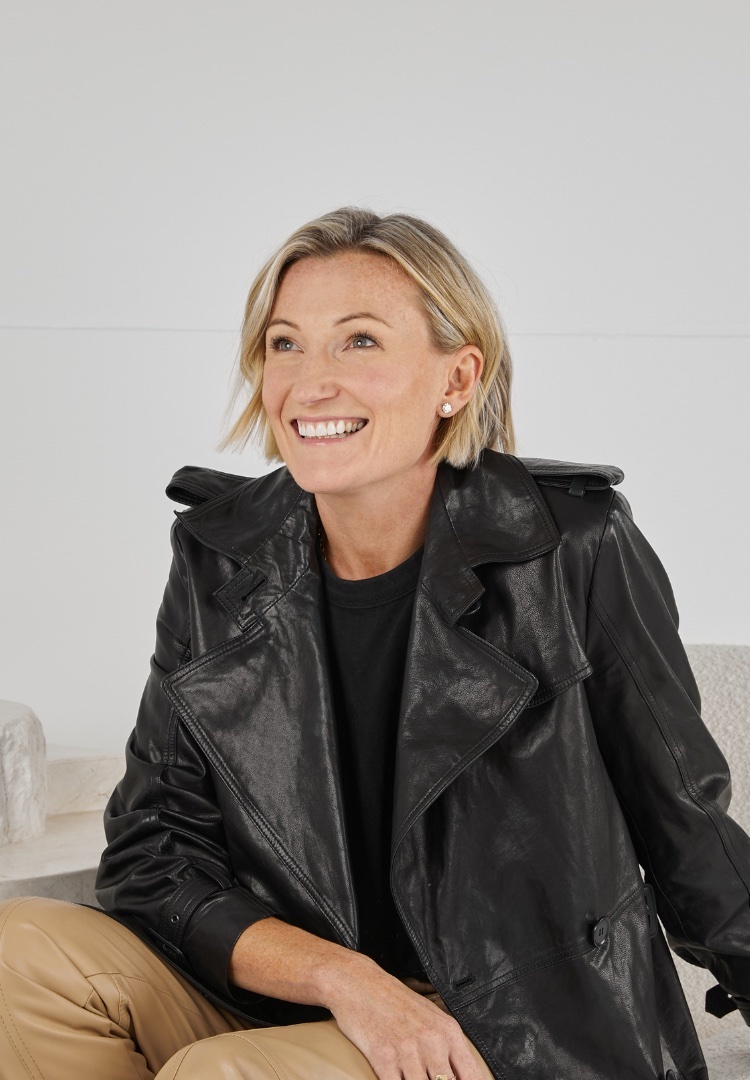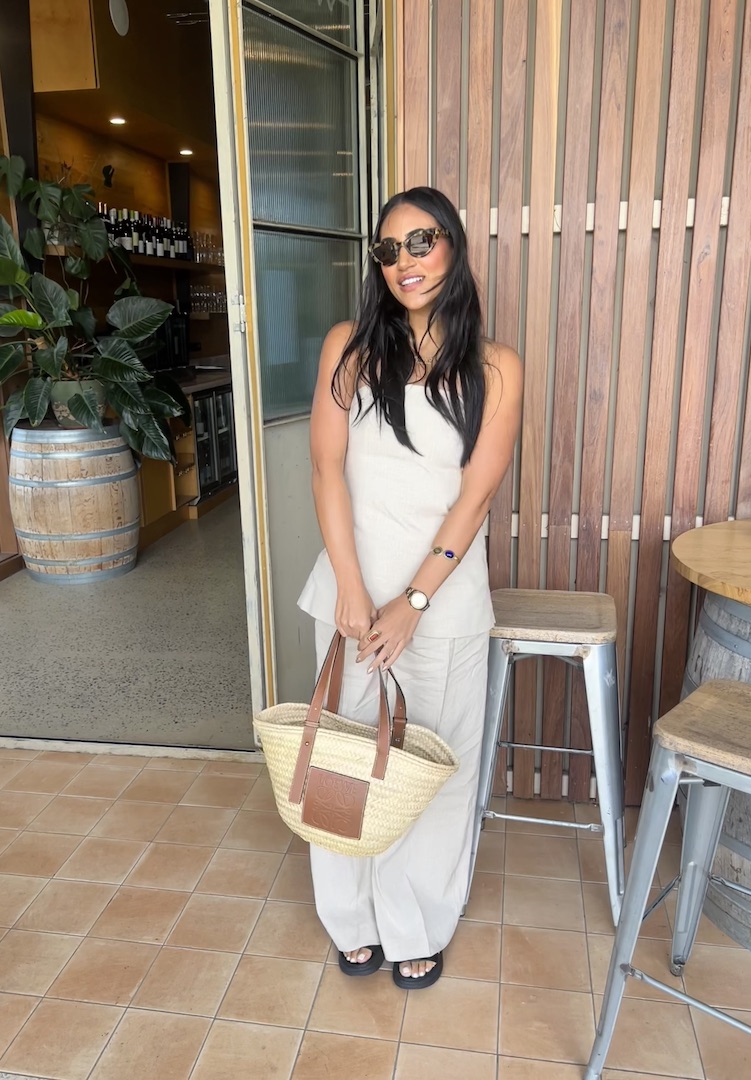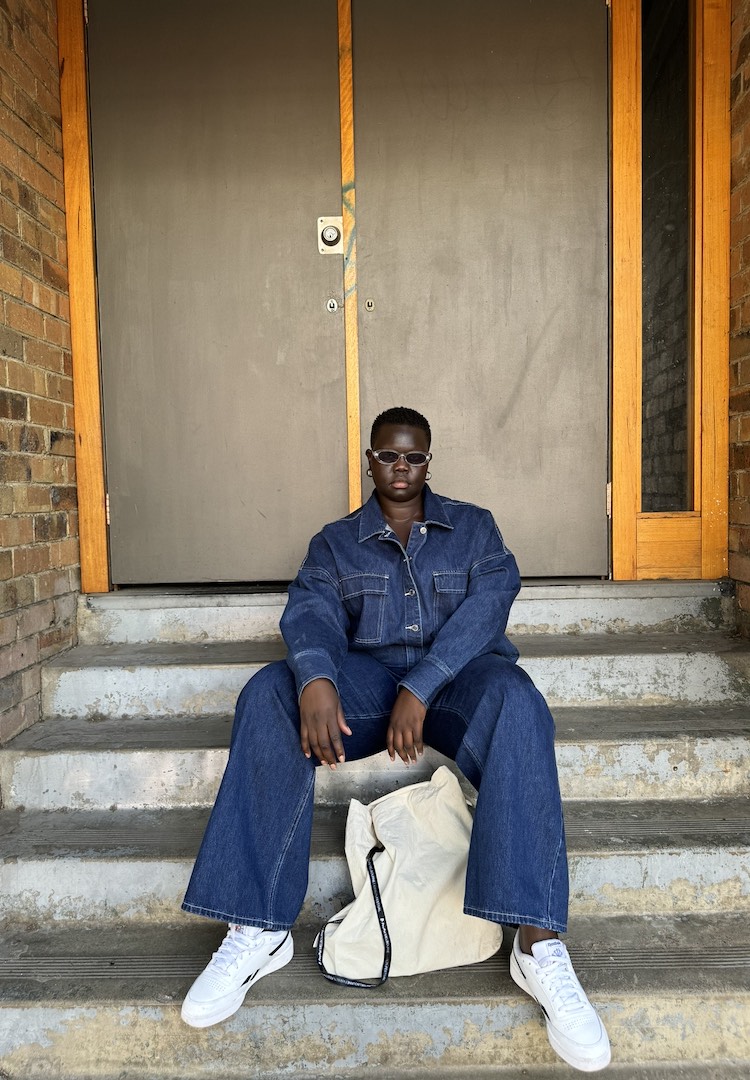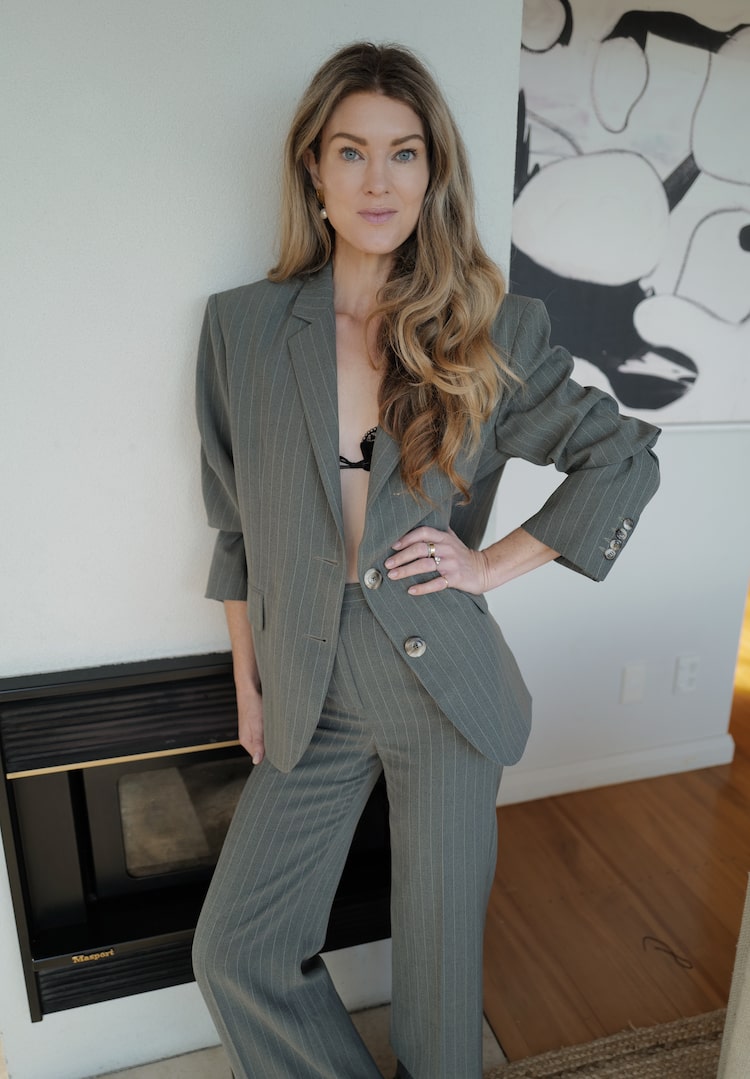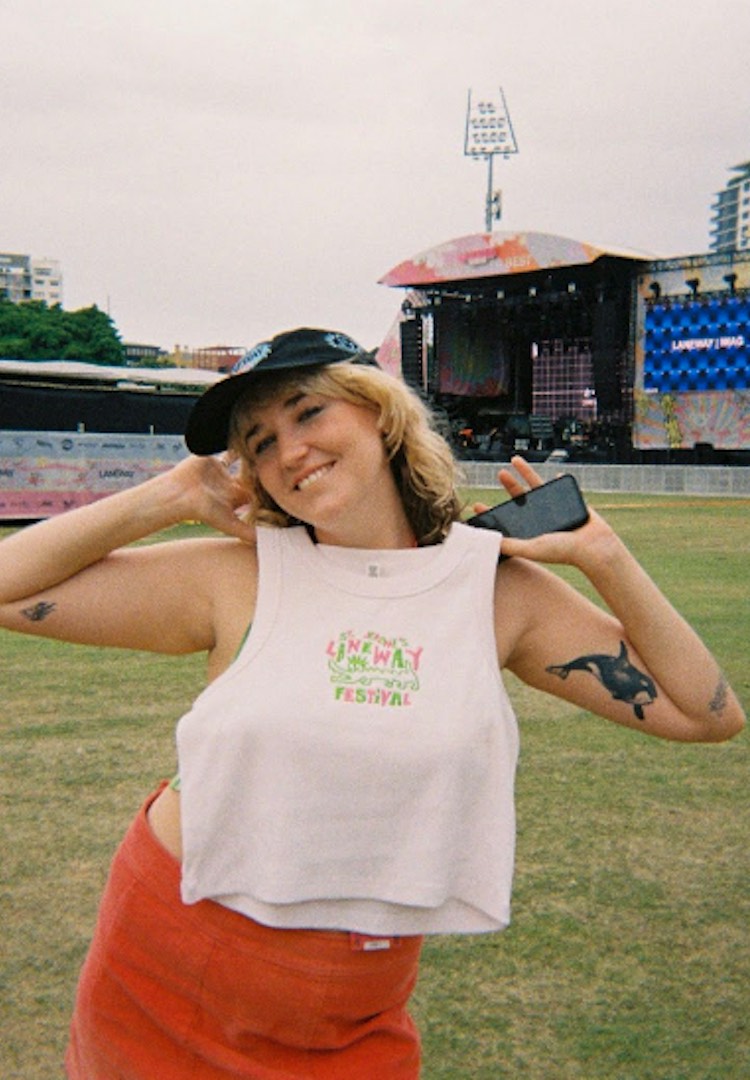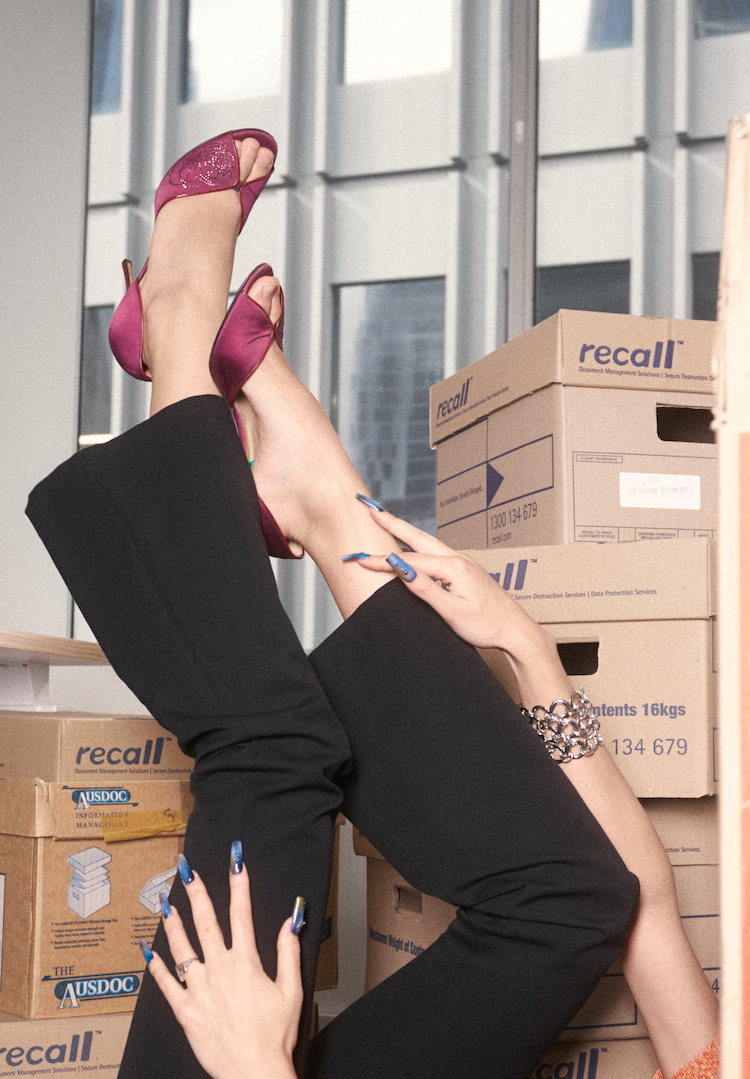Applying for a creative job? Here’s how to make your portfolio stand out
PHOTOGRAPHY BY AMELIA DOWD
WORDS BY ALYCE GREER
Portfolio perfection.
It’s not easy standing out in a sea of job applications. The process itself is a bit of a moodkill: you’re expected to submit a simple resume that rattles off your work history and leaves out any character.
You can have a bit more fun with your cover letter, but not too much. You wouldn’t want to ruin your chances with a poorly received joke. It’s all too risky, and so it’s much safer to go with a monochrome one-pager that distills you down to a series of dates and bullet points. Unfortunately, that doesn’t leave much room for the one thing that will differentiate you from the competition: your personality.
But wait, there’s a loophole. It’s your portfolio – and no one can fuck with your portfolio. In fact, it can be your express ticket to the top of the pile.
“A portfolio is a must for any creative role,” says Shelley Johns from My Millennial Career.
“But it can also be beneficial for some roles that aren’t typically associated with a portfolio. In the industrial design or engineering space, where you might work in complex product design, you’ll likely be requested to provide a portfolio. If you’re a project manager, it can be a good way to discuss the scale or detail of a particular project. Even in IT, [creative] applications are becoming more common.”
So, how do you create a portfolio that does exactly what your job application needs: shows off your style, personality and best work yet?
Tailor your portfolio (for extra special jobs)
Found a job you can’t imagine life without? Emily Bowen from My Millennial Career suggests customising your standard portfolio to suit the business.
“What is the company’s tone and culture? Everyone uses their same portfolio for every job, and it’s like no… If there’s a business you’re trying to connect with, read as much as you can on their website, research the employers and scan their socials,” says Em.
“If your portfolio is tailored to that person or that company, it’s going to stand out over everyone else that is delivering the same portfolio they deliver every time.”
No shockers here: Play with the design
Design is one of the easiest ways to add oomph to your application. Let your work and personal style guide you: are you a minimalist or a maximalist? Rely on graphics, colour, typography and mockups to give some insight into what the company can expect from you and your work.
Alternatively, you can refer to the first point, and adjust your portfolio to suit the style of the company if you feel this might paint you as a better fit and improve your overall chances.
Nail your introduction
Every portfolio should start with a personal note, which you could slightly tweak each time depending on the company or role you’re applying for. This is your chance to connect with the employer, so don’t be afraid to write this note in a slightly more conversational tone. You could even try writing it in the same way you actually speak (GASP!).
Make it clear what you do, areas you specialise in and why you’re different. This not only makes it easier for the employer, but it helps to take you down the path you actually want to go and avoid projects you’re not interested in.
Consider adding a manifesto
I know what you’re thinking: a manifesto? Who do I think I am? But it doesn’t have to be like that. Rather than being an emotionally-charged, inspirational ethos, I see this manifesto as more an opportunity to highlight the values or beliefs that guide your work. Try to keep them lighthearted – it’s far less cheesy that way.
As an example, at my business Bossy. Copywriting, I have three mottos I work to:
Zig when everyone zags.
Stop trying to be liked by everybody. You don’t even like everybody.
If someone else likes it, that’s a bonus.
These statements are a big part of my work and advertise my writing style and my own personality, so they kind of belong in a portfolio.
Select your projects veerrry carefully
You’ve probably got a permanent selection of projects that appear in your portfolio, but have you considered some of them might not be the best use of space? For each job that you apply for, scan over your selection of projects and make sure they show your talent and style in the best light and they’re highly relevant to the job. If there are some that don’t connect, replace them. Every single page or word should be working hard to get you that job.
Soon enough, you will have built a bank of project summaries that you can swap out depending on the role.
Go on, add some personal work
Maybe you’re just starting out in your career, or maybe you’ve spent the past 10 years working in a company or industry that doesn’t align at all with your interests, creative style or values. The problem remains the same: you’ve got nothing you feel comfortable putting in a portfolio. But did you know there is no law against including some of your personal work? Who knew!
Personal work is often the embodiment of your creativity and style, so if you have relevant past projects, don’t be scared to include them. In other words, if you’re a designer that’s been stifled in a government job but you desperately want to break into a more creative scene, you have my permission to include that fake band poster.
Tell the story behind the project
Pretty pictures are nice, but pretty pictures with a process? Much better. For every project you include in your portfolio, Em recommends adding a few lines that emphasise the achievements or positive impact.
“For example, if you’ve designed a website, try to demonstrate the increase in visitors, the boost in revenue, how it’s driven impact for the business and any specialised expertise you relied on, like SEO,” says Em.
Your application is as much about your ability to solve problems, adapt and work with clients, so be sure to include any of that key info, too.
Bribes *might* be allowed
While a digital portfolio is always best, there’s nothing to say you can’t send an IRL surprise to “support your application”. I’ve always wondered whether sending treats – like a box of doughnuts or a giant brownie – would be considered cheesy, cliche or just downright annoying. Thankfully, Em reassured me that gifts aren’t completely off the table.
“If it was a small business or a design agency that had say, 10 employees, I’d love it. Actually, I’d be stoked. Who doesn’t want a box of free doughnuts?” says Em.
Okay, it might not score you the actual job, but I can’t see it harming your application…
My Millenial Career is hosted by Emily Bowen, a recruitment and customer experience specialist who is obsessively curious about the daily collision between business and humans, and Shelley Johnson, a human resources and management consultant whose focus is to see people achieve their personal career goals while enabling businesses to achieve theirs.
Alyce is a contributing writer for Fashion Journal and the director and head writer at Bossy. Copywriting, a Melbourne-based copywriting and content supergroup. You can find Bossy. online here and on Instagram here. You can find Alyce’s ebooks and templates on resumes, CVs, cover letters and LinkedIn profiles here.
Looking to step up to a career in fashion? Each week we send a wrap of industry jobs straight to your inbox. Enter your details below and we’ll keep you in the loop, or browse current openings here.

